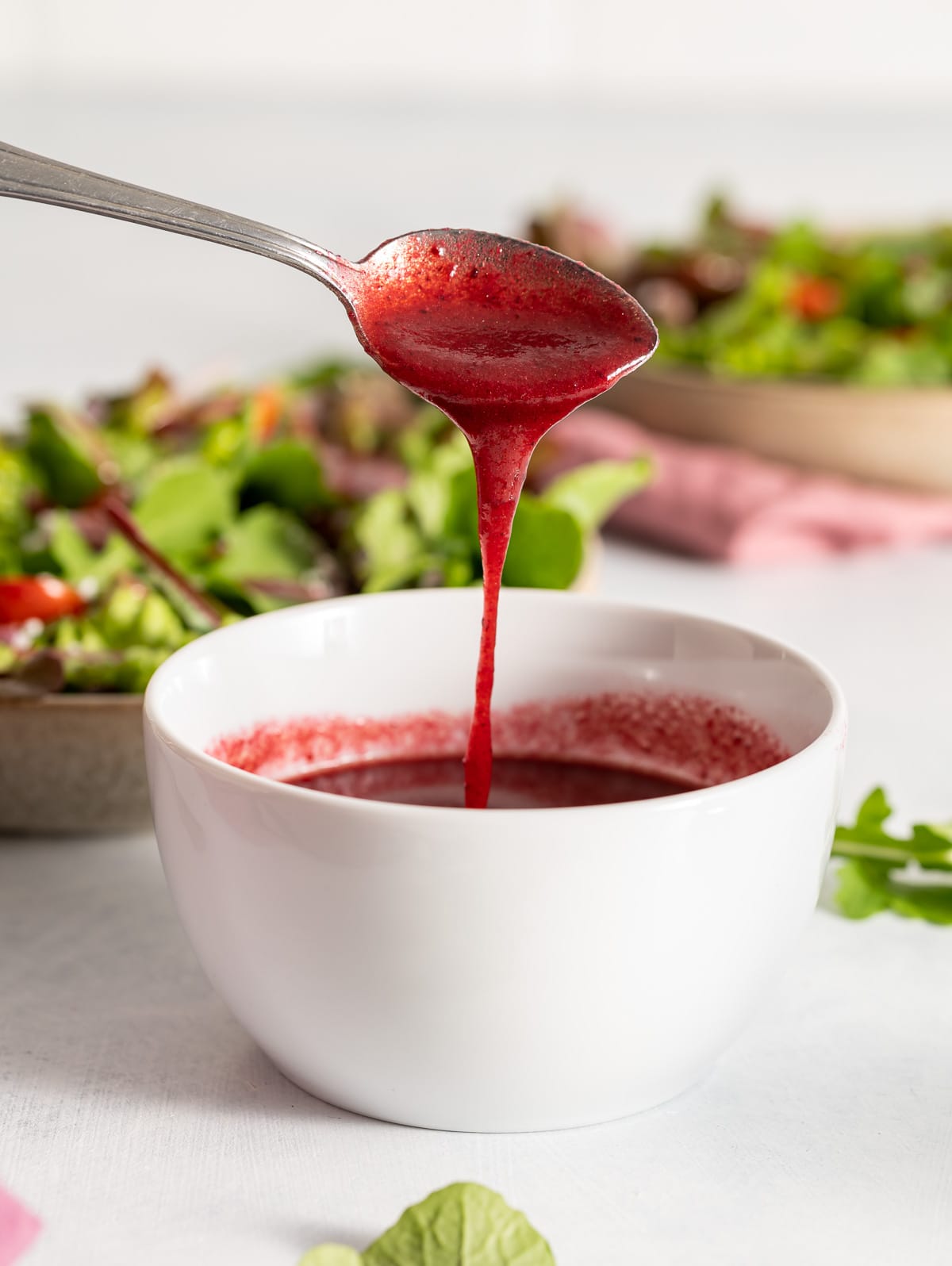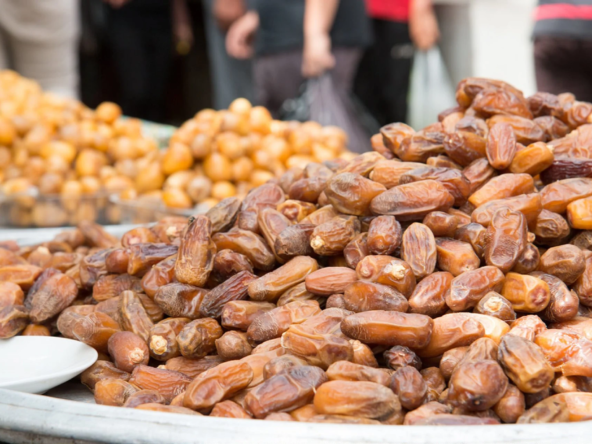Hibiscus, with its vibrant crimson petals, isn’t just a pretty flower. For centuries, dried hibiscus has played a crucial role in traditional medicine around the world. From ancient Egypt to modern herbal remedies, the medicinal uses of dried hibiscus have been valued for their numerous health benefits. Let’s delve into the fascinating history of this extraordinary flower and its various applications in healing practices.
Ancient Egypt: A Royal Remedy
In ancient Egypt, hibiscus was more than a symbol of beauty; it was a revered medicinal plant. The Egyptians utilized dried hibiscus in various forms to treat a range of ailments. Its rich anthocyanin content, which gives hibiscus its deep red hue, was believed to have potent antioxidant properties. Ancient texts reveal that hibiscus was used to alleviate symptoms of fevers, and its cooling properties were thought to reduce body temperature and improve overall well-being.
Traditional Asian Medicine: A Time-Tested Tonic
Hibiscus made its way to Asia where it was embraced by traditional Chinese and Ayurvedic medicine. In China, dried hibiscus was used to enhance digestive health and treat gastrointestinal issues. It was often brewed into a tea to aid digestion and boost the immune system. In Ayurvedic practices, hibiscus was valued for its ability to balance the body’s doshas, particularly in alleviating inflammation and promoting skin health.
The Caribbean and Central America: A Flavorful Healer
In the Caribbean and Central America, hibiscus has long been a staple in local medicine. Known as “sorrel” in the Caribbean, the dried flower is used to make a refreshing and medicinal tea. This tea is celebrated not only for its tart flavor but also for its ability to support heart health. Rich in vitamin C and minerals, the hibiscus tea is believed to lower blood pressure and cholesterol levels, making it a popular choice for cardiovascular wellness.
The Middle East: A Blossoming Tradition
In the Middle East, hibiscus has been used since antiquity in various traditional remedies. The flower was often used to prepare syrups and drinks, valued for their cooling and soothing effects. Traditional Middle Eastern medicine utilized dried hibiscus to address respiratory issues, such as coughs and colds, due to its anti-inflammatory and expectorant properties.
Modern Applications: A Flower for the Future
Today, the medicinal uses of dried hibiscus are gaining renewed attention in modern herbal medicine. Its potential benefits are being explored through scientific research, validating many of the traditional claims. Hibiscus is now a popular ingredient in dietary supplements and wellness products, thanks to its high antioxidant content and potential to support cardiovascular health.
Incorporating Dried Hibiscus into Your Routine
If you’re looking to experience the benefits of dried hibiscus, there are plenty of ways to incorporate it into your daily routine. Brew a cup of hibiscus tea for a refreshing and health-boosting drink, or use dried hibiscus in smoothies, salads, and even desserts. Its tart flavor adds a unique twist to various recipes while delivering its health-promoting properties.
In conclusion, the medicinal uses of dried hibiscus have a rich and diverse history, spanning multiple cultures and continents. From ancient Egypt to modern wellness practices, this vibrant flower continues to offer valuable health benefits. As you explore the world of dried hibiscus, you’re connecting with a tradition of healing that has blossomed through the ages.




